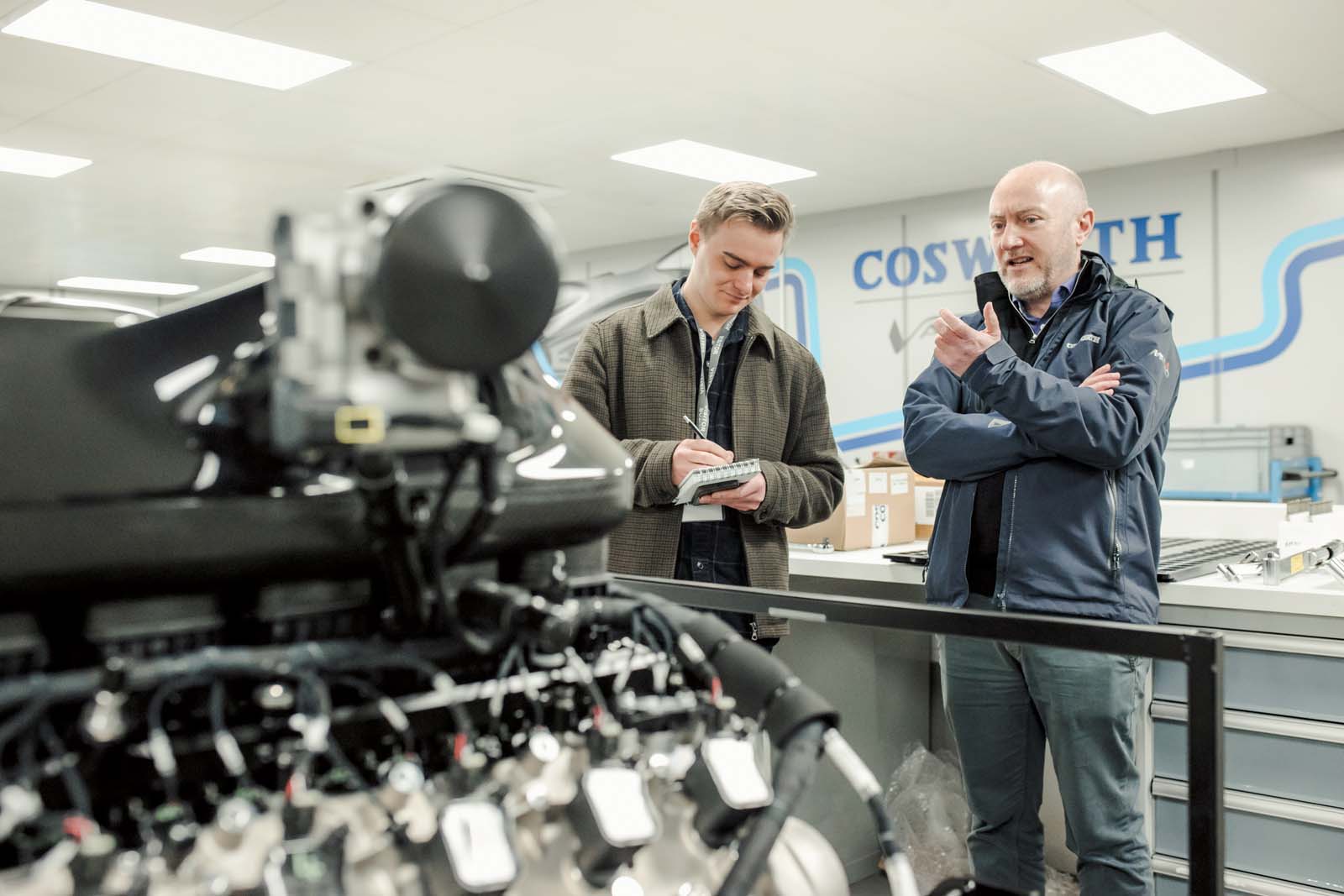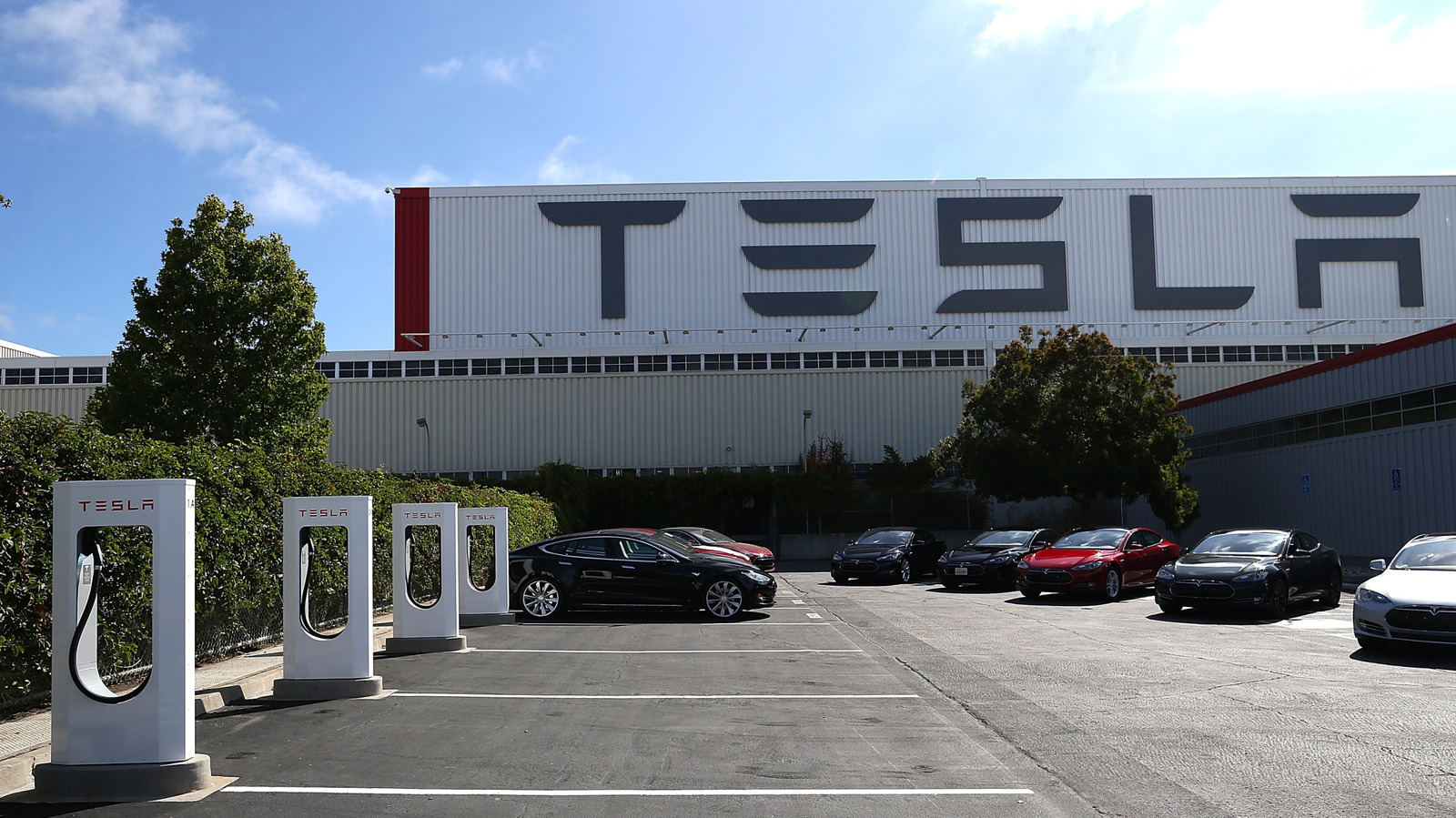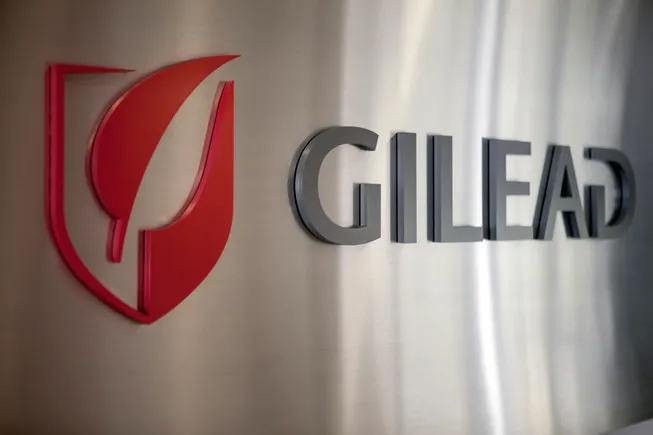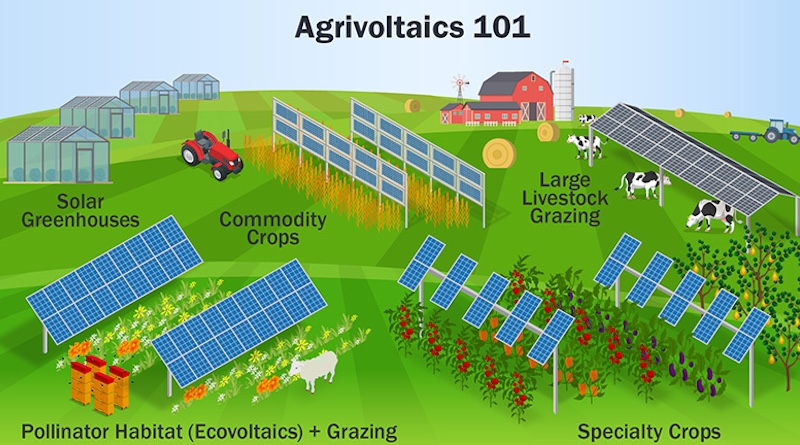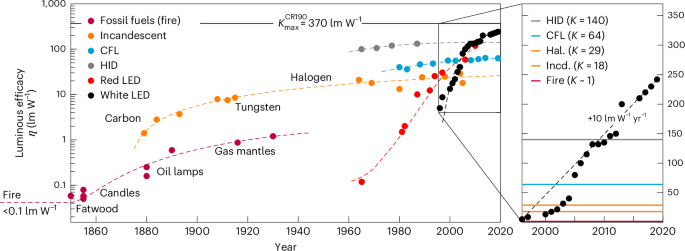CO2 Electroreduction to Multicarbon Products Over Cu2O@Mesoporous SiO2 Confined Catalyst: Relevance of the Shell Thickness
Advanced Energy Materials, Volume 15, Issue 16, April 22, 2025.

A volcano-shaped relationship between the thickness of mesoporous SiO2 layer and C2+ productivity in acidic CO2 electroreduction. In situ spectroscopies and theoretical simulations reveal that the trade-off between the local alkalinity and local CO2 concentration arising from the shell thickness-dependent nanoconfinement effect accounts for the observed volcano-shaped relationship.
Abstract
Despite the advantage of high carbon utilization, CO2 electroreduction (CO2ER) in acid is challenged by the competitive hydrogen evolution reaction (HER). Designing confined catalysts is a promising strategy to suppress HER and boost CO2ER, yet the relationship between the confined structure and catalytic performance remains unclear, limiting rational design. Herein, using Cu2O@mesoporous SiO2 core-shell catalysts as a well-defined platform, a volcano-shaped relationship is found between the thickness of mesoporous SiO2 layer and productivity of multicarbon (C2+) products in CO2 electroreduction. The optimal shell thickness of 15 nm is identified, with in situ spectroscopies and theoretical simulations attributing this to the trade-off between the local alkalinity and CO2 concentration, arising from the nanoconfinement effect. At this optimal thickness, the Cu2O@ mesoporous SiO2 catalyst achieves a C2+ Faradaic efficiency of 83.1% ± 2.5% and partial current density of 687.8 mA cm−2 in acidic electrolytes, exceeding most reported catalysts. This work provides valuable insights for the rational design of confined catalysts for electrocatalysis.










